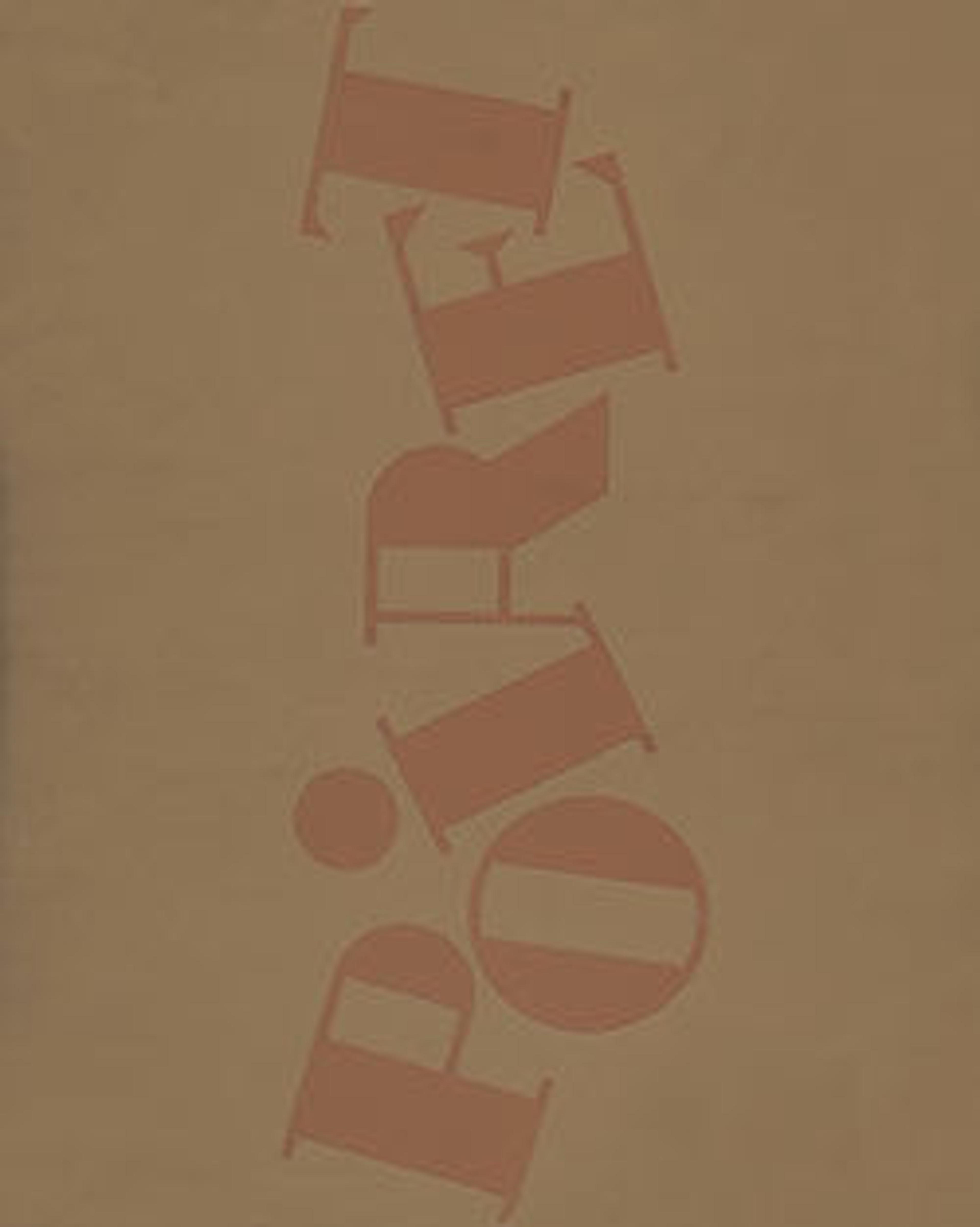"Le Bal"
This magnificent pair of evening slippers is completely overembroidered in colored seed beads in a pattern that depicts Paul Poiret on one foot and Denise Poiret on the other. They are shown creating a sensation as they enter a crowded ball. Unlike these slippers, which can be best appreciated by close examination, many of Poiret's ensembles were conceived with the graphic boldness of stage costumes. His preference for high color and dramatic, if simple, shapes was appropriate for the world of the paparazzi and the red carpet. This performative role of his fashions is captured in the images of the social couple gliding through the glittering precincts of elite society.
The shoes, by the great cobbler Andre Perugia, are, except for one exaggerated detail, in the style of a simple pump. An attenuated tongue evokes historical prototypes from the court of Louis XIV. While Perugia appears to have collaborated with Poiret on occasion, the couturier's most famous innovation in footwear was his endorsement, and Denise Poiret's practice, of wearing boots. Constantly asked to make pronouncements on fashion, the designer, when he spoke of footwear, at one point famously advocated hose colored to match the skirt, with the shoe an accent to the ensemble. But while that was only a phase, his preference for pairing boots with tailored ensembles, particularly of shorter lengths, continued from the early teens until the close of his couture house in 1929. The bottier Favereau created a pair of white calf-height boots for Denise Poiret in 1913, which she continued to wear for decades, generally crushed down around her ankles.
Photographs of Poiret's house mannequins sporting his designs from 1919 to 1929 show them wearing shoes of generic simplicity. Even in footwear, it appears that Denise Poiret, once more, was the one who inspired some of Paul Poiret's greater flights of fancy.
The shoes, by the great cobbler Andre Perugia, are, except for one exaggerated detail, in the style of a simple pump. An attenuated tongue evokes historical prototypes from the court of Louis XIV. While Perugia appears to have collaborated with Poiret on occasion, the couturier's most famous innovation in footwear was his endorsement, and Denise Poiret's practice, of wearing boots. Constantly asked to make pronouncements on fashion, the designer, when he spoke of footwear, at one point famously advocated hose colored to match the skirt, with the shoe an accent to the ensemble. But while that was only a phase, his preference for pairing boots with tailored ensembles, particularly of shorter lengths, continued from the early teens until the close of his couture house in 1929. The bottier Favereau created a pair of white calf-height boots for Denise Poiret in 1913, which she continued to wear for decades, generally crushed down around her ankles.
Photographs of Poiret's house mannequins sporting his designs from 1919 to 1929 show them wearing shoes of generic simplicity. Even in footwear, it appears that Denise Poiret, once more, was the one who inspired some of Paul Poiret's greater flights of fancy.
Artwork Details
- Title:"Le Bal"
- Designer:Paul Poiret (French, Paris 1879–1944 Paris)
- Manufacturer:André Perugia (French, 1893–1977)
- Artist:Guy Arnoux (French, Paris 1886–1951 Paris)
- Date:1924
- Culture:French
- Medium:a, b) silk, glass, leather
- Credit Line:Purchase, Friends of The Costume Institute Gifts, 2005
- Object Number:2005.192a, b
- Curatorial Department: The Costume Institute
More Artwork
Research Resources
The Met provides unparalleled resources for research and welcomes an international community of students and scholars. The Met's Open Access API is where creators and researchers can connect to the The Met collection. Open Access data and public domain images are available for unrestricted commercial and noncommercial use without permission or fee.
To request images under copyright and other restrictions, please use this Image Request form.
Feedback
We continue to research and examine historical and cultural context for objects in The Met collection. If you have comments or questions about this object record, please contact us using the form below. The Museum looks forward to receiving your comments.
